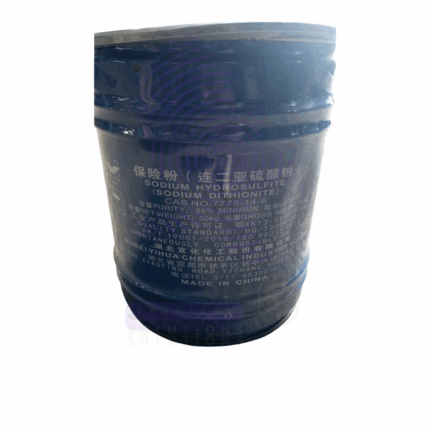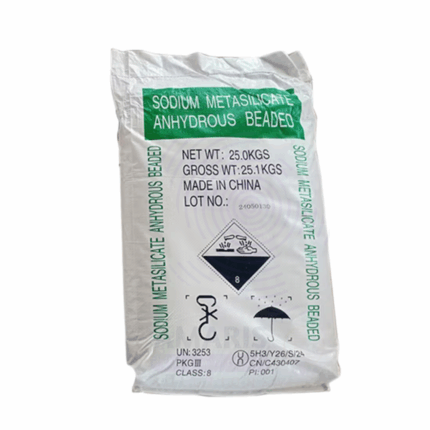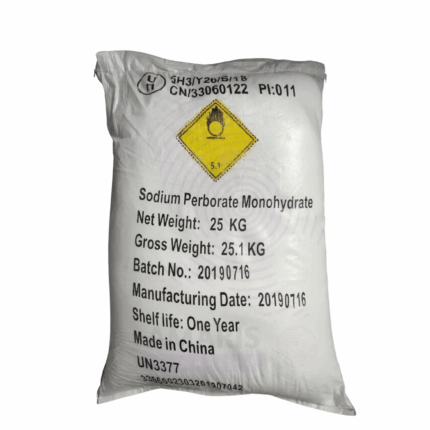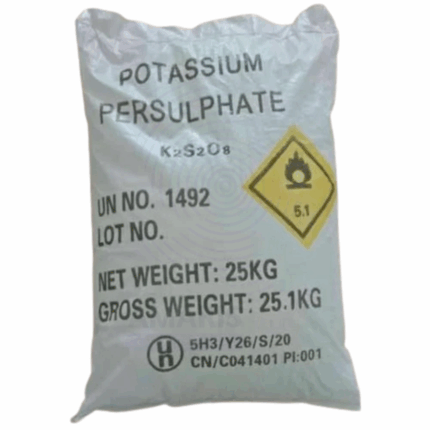SB (Special Boiling Point 80-110)
SB (Special Boiling Point 80-110) is a specialized solvent fraction characterized by a boiling range between 80°C and 110°C. It is commonly used as an intermediate or solvent in chemical manufacturing, extraction processes, and industrial cleaning applications. Due to its controlled boiling point range, SB is valued for its effectiveness in dissolving specific compounds, facilitating separation processes, and serving as a carrier solvent in coatings and formulations. This grade ensures consistent performance where precise volatility and evaporation rates are critical.
Primary Uses
Chemical Industry
Used as a solvent in the synthesis of chemicals and intermediates requiring a controlled boiling range.
Employed in extraction and purification processes where selective solubility and evaporation rates are needed.
Paints, Coatings, and Inks
Acts as a carrier solvent to dissolve resins and pigments in paints, coatings, and printing inks.
Facilitates smooth application and controlled drying times in finishing processes.
Cleaning and Degreasing
Used in industrial cleaning formulations for degreasing metal parts and equipment due to its solvent properties and appropriate evaporation rate.
Secondary Uses
Pharmaceutical Industry
Utilized as a solvent or intermediate in pharmaceutical synthesis under controlled conditions.
Adhesives and Sealants
Incorporated in adhesive formulations to adjust viscosity and evaporation characteristics.
Laboratory Use
Used as a solvent in analytical procedures and research requiring precise boiling range solvents.
Basic Identification Attributes
Chemical Name (IUPAC): Varies depending on specific hydrocarbon composition (typically a solvent fraction)
Common/Trade Name: SB (Special Boiling Point 80-110)
CAS Number: Depends on exact composition; typically hydrocarbon solvent blends
HS Code: 2710.19 (Petroleum oils and oils obtained from bituminous minerals)
Synonyms: Special boiling point solvent fraction
Physical & Chemical Properties
Physical State: Clear liquid
Color & Odor: Colorless to pale yellow; mild hydrocarbon odor
Boiling Range: 80°C – 110°C
Density: Approximately 0.75 – 0.85 g/cm³
Solubility: Insoluble in water; soluble in organic solvents
Safety & Hazard Attributes
GHS Classification: Flammable liquid; may cause skin and respiratory irritation
Toxicity: Moderate; avoid prolonged inhalation and skin contact
Exposure Limits: Follow occupational exposure limits and safety standards
Storage & Handling Attributes
Storage Conditions: Store in cool, well-ventilated area away from heat, sparks, and open flames
Container Type: Supplied in steel drums or bulk tanks with secure sealing
Shelf Life: Stable when stored properly, typically 1 year or more
Handling Precautions: Use explosion-proof equipment; avoid inhalation and contact with skin and eyes
Regulatory & Compliance Attributes
Complies with relevant industrial solvent regulations and standards for storage and transport
Environmental & Health Impact
Biodegradability: Generally biodegradable depending on hydrocarbon mix
Ecotoxicity: Potentially harmful to aquatic life; avoid environmental release
Bioaccumulation: Low potential
PPE Required: Flame-resistant gloves, goggles, protective clothing, and respirators as needed
Handling Guidelines: Use in well-ventilated areas; avoid ignition sources
Storage Measures: Keep containers tightly closed and stored in a dry, cool environment away from incompatible materials
First Aid Measures
Inhalation: Move to fresh air immediately; seek medical attention if symptoms persist
Skin Contact: Wash thoroughly with soap and water; remove contaminated clothing
Eye Contact: Rinse with water for at least 15 minutes; seek medical attention if irritation continues
Ingestion: Do not induce vomiting; seek immediate medical assistance
Firefighting Measures
Fire Hazards: Highly flammable liquid and vapor; vapors may form explosive mixtures with air
Extinguishing Media: Foam, dry chemical, CO₂, water spray
Special Precautions: Use full protective gear and self-contained breathing apparatus
Hazardous Combustion Products: Carbon oxides, hydrocarbons


 Preservatives(food)
Preservatives(food) Flavor Enhancers
Flavor Enhancers Acidulants
Acidulants Sweeteners
Sweeteners Antioxidants
Antioxidants Colorants(food)
Colorants(food) Nutraceutical Ingredients (food)
Nutraceutical Ingredients (food) Nutrient Supplements
Nutrient Supplements Emulsifiers
Emulsifiers
 Collectors
Collectors Dust Suppressants
Dust Suppressants Explosives and Blasting Agents
Explosives and Blasting Agents Flocculants and Coagulants
Flocculants and Coagulants Frothers
Frothers Leaching Agents
Leaching Agents pH Modifiers
pH Modifiers Precious Metal Extraction Agents
Precious Metal Extraction Agents
 Antioxidants(plastic)
Antioxidants(plastic) Colorants (Pigments, Dyes)
Colorants (Pigments, Dyes) Fillers and Reinforcements
Fillers and Reinforcements Flame Retardants
Flame Retardants Monomers
Monomers Plasticizers
Plasticizers Polymerization Initiators
Polymerization Initiators Stabilizers (UV, Heat)
Stabilizers (UV, Heat)
 Antifoaming Agents
Antifoaming Agents Chelating Agents
Chelating Agents Coagulants and Flocculants
Coagulants and Flocculants Corrosion Inhibitors
Corrosion Inhibitors Disinfectants and Biocides
Disinfectants and Biocides Oxidizing Agents
Oxidizing Agents pH Adjusters
pH Adjusters Scale Inhibitors( water)
Scale Inhibitors( water)
 Antioxidants(cosmetic)
Antioxidants(cosmetic) Emollients
Emollients Fragrances and Essential Oils
Fragrances and Essential Oils Humectants
Humectants Preservatives
Preservatives Surfactants(cosmetic)
Surfactants(cosmetic) Thickeners
Thickeners UV Filters
UV Filters
 Fertilizers
Fertilizers Soil Conditioners
Soil Conditioners Plant Growth Regulators
Plant Growth Regulators Animal Feed Additives
Animal Feed Additives Biostimulants
Biostimulants Pesticides (Herbicides, Insecticides, Fungicides)
Pesticides (Herbicides, Insecticides, Fungicides)
 Active Pharmaceutical Ingredients (APIs)
Active Pharmaceutical Ingredients (APIs) Excipients
Excipients Solvents(pharmaceutical)
Solvents(pharmaceutical) Antibiotics
Antibiotics Antiseptics and Disinfectants
Antiseptics and Disinfectants Vaccine Adjuvants
Vaccine Adjuvants Nutraceutical Ingredients (pharmaceutical)
Nutraceutical Ingredients (pharmaceutical) Analgesics & Antipyretics
Analgesics & Antipyretics
 Analytical Reagents
Analytical Reagents Solvents(lab)
Solvents(lab) Chromatography Chemicals
Chromatography Chemicals Spectroscopy Reagents
Spectroscopy Reagents microbiology-and-cell-culture-reagents
microbiology-and-cell-culture-reagents Molecular Biology Reagents
Molecular Biology Reagents Biochemical Reagents
Biochemical Reagents Inorganic and Organic Standards
Inorganic and Organic Standards Laboratory Safety Chemicals
Laboratory Safety Chemicals Specialty Laboratory Chemicals(Special Laboratory Equipment)
Specialty Laboratory Chemicals(Special Laboratory Equipment)
 Demulsifiers
Demulsifiers Hydraulic Fracturing Fluids
Hydraulic Fracturing Fluids Scale Inhibitors(oil)
Scale Inhibitors(oil) Surfactants(oil)
Surfactants(oil) Drilling Fluids
Drilling Fluids
 Dyes and Pigments
Dyes and Pigments Bleaching Agents
Bleaching Agents Softening Agents
Softening Agents Finishing Agents
Finishing Agents Antistatic Agents
Antistatic Agents
 Admixtures
Admixtures Waterproofing Agents
Waterproofing Agents Sealants and Adhesives
Sealants and Adhesives Curing Compounds
Curing Compounds Concrete Repair Chemicals
Concrete Repair Chemicals Anti-Corrosion Coatings
Anti-Corrosion Coatings
 Surfactants(cleaning)
Surfactants(cleaning) Builders
Builders Enzymes
Enzymes Solvents (Cleaning)
Solvents (Cleaning) Fragrances
Fragrances
 Electronic Chemicals
Electronic Chemicals Catalysts
Catalysts Lubricants
Lubricants Photographic Chemicals
Photographic Chemicals Refrigerants
Refrigerants Automotive chemicals
Automotive chemicals Pyrotechnic Chemicals
Pyrotechnic Chemicals
 Biodegradable Surfactants
Biodegradable Surfactants Bio-based Solvents
Bio-based Solvents Renewable Polymers
Renewable Polymers Carbon Capture Chemicals
Carbon Capture Chemicals Wastewater Treatment Chemicals
Wastewater Treatment Chemicals
 Pigments
Pigments Solvents(paint)
Solvents(paint) Specialty Coatings
Specialty Coatings Binders/Resins
Binders/Resins Additives
Additives Driers
Driers Anti-Corrosion Agents
Anti-Corrosion Agents Functional Coatings
Functional Coatings Application-Specific Coatings
Application-Specific Coatings
 Fresh Herbs
Fresh Herbs Ground Spices
Ground Spices Whole Spices
Whole Spices Spice Blends
Spice Blends Dried Herbs
Dried Herbs
 Leavening Agents
Leavening Agents Dough Conditioners
Dough Conditioners Flour Treatments
Flour Treatments Fat Replacers
Fat Replacers Decoratives
Decoratives Preservatives(baking)
Preservatives(baking)
 Plasticizers & Softeners
Plasticizers & Softeners Reinforcing Agents
Reinforcing Agents Adhesion Promoters
Adhesion Promoters Vulcanizing Agents
Vulcanizing Agents Antidegradants
Antidegradants Blowing Agents
Blowing Agents Fillers & Extenders
Fillers & Extenders Accelerators & Retarders
Accelerators & Retarders
























